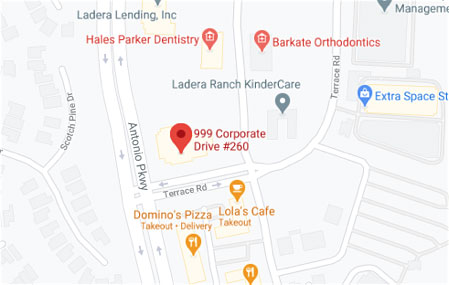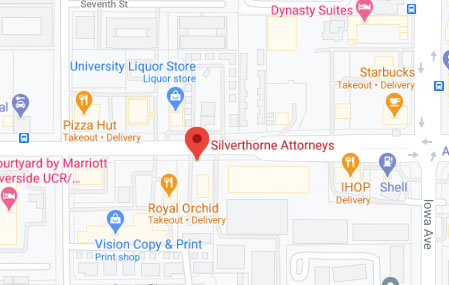Each state has a very specific law when it comes to wearing helmets on bicycles. Though riding bikes around the neighborhood is a common pastime, no matter the time of year, it is customary to wear a helmet while riding a bike. the California bicycle helmet laws are very straightforward. Similarly they are easy to understand.
California Bicycle Helmet Law
Anyone under the age of 18 must wear a helmet in California. the law stipulates that anyone on a bicycle on a street, bikeway, or public bike path/tail in California must wear a helmet. This includes children who are sitting in restraining seats or being towed behind the bicycle.
Similarly, the law requires anyone under 18 to wear a helmet when riding a scooter, skateboard, or using inline skates. Certain counties are lax on the laws. but it is always a good idea to wear a helmet in the event that an accident occurs. as those who are under 18 are still developing, it is better to be on the safe side.
California defines a bicycle as any “vehicle” on which a person may ride. It is one in which used only by human power, using a belt, chain, or gears and has at least one wheel. Though the fine for not wearing a helmet is minimal, it should be taken seriously. for the physical risks of riding without a helmet are great.
Type of Helmets
In California, bicycle riders under 18 must wear a helmet that is properly fitted and fastened. the helmet must also meet the standards of the American National Standards Institute, the Snell Memorial Foundation’s Standard for Protective Headgear for Use in Bicycling, or the American Society for Testing Materials.
How to Choose the Right Helmet
There are a few simple steps to finding the right helmet for your child. These days there are so many options, as a lot of helmets come in cool colors and designs.
- The first step is to look at the helmet itself. There should be a sticker on the helmet (oftentimes on the inner portion of the helmet) that says that the helmet “meets the standards set by the Consumer Product Safety Committee (CPSC).”
- If a particular helmet you are looking at does not have the sticker, it is advised to find one that does.
- It is recommended – if possible – to try the helmet on at the store before you make your purchase. This is to see if it fits well. the helmet should not be too big or too small and should be worn level on the head so that it fits solidly and is comfortable on your child’s head.
Quick-Fit Check List
As you are picking out the best helmet for your child, it is always a good idea to check the fit before you make your purchase. Here are a few tips on how to pick the right fit:
- Eyes – Make sure that the helmet sits level on the head and rests low on your child’s forehead. the general and suggested rule is: there should be one 2-finger width of space above the eyebrows. If the helmet is pushed too high, it will not protect your child’s head and could potentially fall off should there be some sort of fall or accident
- Straps – the straps should ALWAYS be fastened and adjusted so they are snug and don’t pull or twist the helmet; if the helmet is too loose, it will likely fall off when it is needed the most. It is important that the straps form a “Y” shape under each ear lobe and lay flat against your child’s head. Any twists or “kinks’” in the straps can lead to the helmet being too loose to too tight. Therefore the helmet won’t work properly. You don’t want to pull the straps too tight and accidentally pinch your child’s neck.
- Mouth – Click the buckle on the straps loose enough so that your child can breathe. There should be enough room to insert one finger between the buckle’s strap and your child’s skin.
Checking the Fit Before Your Child Rides Off
Though you probably don’t want to be seen as an overprotective parent, when your child first gets their helmet, it is a good idea to check that they are wearing it properly before they leave the house.
- The helmet should be tight enough so that if your child opens their mouth, you can see the helmet pull down just ever so slightly at the top
- Check the top of the helmet. If you can move the helmet from side-to-side, it is wise to add thicker pads or adjust the universal fit ring. Extra pads come with the helmet at the time of purchase. If they do not, you can pick up more at any local Sporting Goods Store.
- Make sure that the straps are on correctly and that they are buckled. Should an accident occur, the helmet could fall off of their head if the helmet is not buckled correctly.
Punishment for Not Wearing a Helmet
The first offense requires the charge of riding without a helmet to be dismissed if the rider states that it was their first offense. Otherwise, the fine is $25. If a minor is charged, the parents are responsible for the fine.
Why It is Important
There are so many reasons why wearing a helmet is important. Helmets help protect our kid’s heads, should they fall off their bike. It gives parents a little more comfort knowing that when our children are out riding bikes, their heads are protected. It needs to be noted that injuries to the head can have a long lasting affect on our children’s health. Even as they grow older and venture out into the adult world. So keeping their heads safe, not just from the immediate damage from a fall, but from any future damage, is well worth the precaution.
What the Fines are Used For
California law stipulates that the money collected in fines for violating California Bicycle Helmet Laws shall be divided up. the county health department is given 72.5% of the funds, which they use for safety education. They also use a portion of that to help low-income families to buy approved helmets for children. the county treasury is given 2.2% of the fines. If the violation occurs within a city, 25% of the fine is given over to the treasury of that city. If the violation occurs in an unincorporated area, 25% joins the 72.5%. It is then given to the county health department.
All in all, it is the law to wear a helmet if you are under the age of 18. but it helps in guarding the safety of those on bicycles.
If are suffering from injuries, please contact our office today. Consultations are free.












